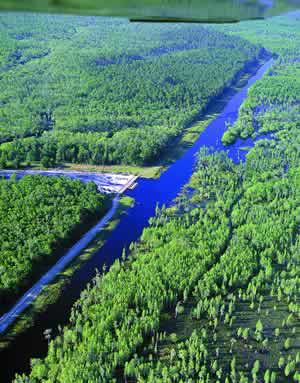Here are the chemical tracer and DNA marker test results by the Florida Department of Environmental Protection (FDEP) that WWALS has frequently mentioned, for example in Current Situation of Water Quality Testing, Suwannee River Basin 2020-08-02.
Below, please also find a summary of those results by WWALS Science Committee Chair Dr. Thomas Potter.
![[Human and Ruminant DNA markers]](https://www.wwals.net/pictures/2020-08-05--fdep-data/big/hr3.jpg)
Human and Ruminant DNA markers
Thanks to Katrina Yancey of FDEP for sending the data, and for acknowledging that FDEP has no objection to WWALS publishing it. I asked FDEP for whatever they wanted to include, and this is what they sent:
“Thank you for asking, we recently set up our new site so it may be helpful to state that more information may be found at DEP’s webpage for the Suwannee River Basin Sampling Locations (https://floridadep.gov/dear/watershed-monitoring-section/content/suwannee-river-basin-sampling-locations).”
The actual data is on the WWALS website.
WWALS Summary of FDEP chemical and biological tracer measurements
on Withlacoochee and Suwannee River samples
Dr. Thomas Potter, WWALS Science Committee Chair
After Continue reading

![[Photo 4: Confluence of Sugar Creek and Withlacoochee River.]](https://www.wwals.net/pictures/2020-04-13--ga-epd-vld-enforcement-order/EPD-WP-8904-for-Public-Notice-0038.jpg)


